Anyone entering BASF I Nunhems' greenhouse in 's-Gravenzande gets to see developments from around the world for lettuce growing on water. Butter lettuce is a big market in the Benelux, where more and more lettuce is grown on water instead of in the ground. Internationally, the cultivation of baby leaves and teen leaf lettuce is growing fast. Jochim Reybrouck shows some developments.
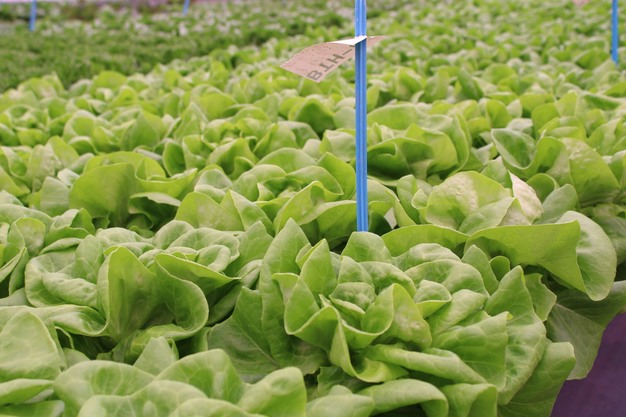
For the aforementioned segments, as well as Romaine lettuce, trio lettuce and varieties with a crispy bite, there are new introductions on the horizon. "Among other things, in 2025 we have three new varieties in the pipeline for butterhead lettuce and for crispy, about five to seven varieties," indicates the Customer Marketing Specialist BNL & DACH.
The breeding company is working on a range of varieties for diverse climates. "Think of cold climates with exposed cultivation, but also warm, tropical climates." The challenge is to develop varieties that do well in multiple conditions. "Especially in the crispy market, this plays a role," Jochim knows.
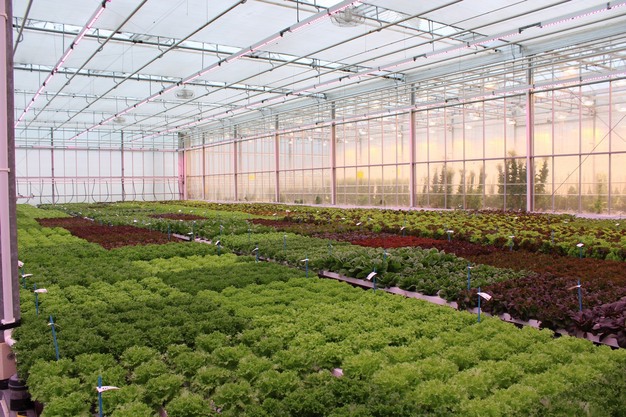
Triosla
The largest assortment can be found in the greenhouse in 's-Gravenzande for trio lettuce. The Customer Marketing Specialist estimates that as many as 60 different varieties can be found here, of which five to six are currently commercial. "It is a relatively stable market in terms of acreage. The biggest development is in the varieties. There, we keep making continuous strides in quality. Over the past five years, some seventy percent of the trio lettuce range has been renewed."
Trio lettuce growers like to grow a fixed variety mix all year round, with as few variety changes as possible. "One or two varieties for the whole year, that's what growers like to see." This crop is about color, the balance between the three varieties, and good, compact growth.
Because trio lettuce involves three varieties together, it happens that growers also combine varieties from BASF I Nunhems with varieties from other breeding companies. "That makes it a nice challenge for us to advise growers on the best combination of varieties," he says. They also take into account the lighting at a grower's premises. That too varies. "70 or 90 micromoles of LED can already make a difference."
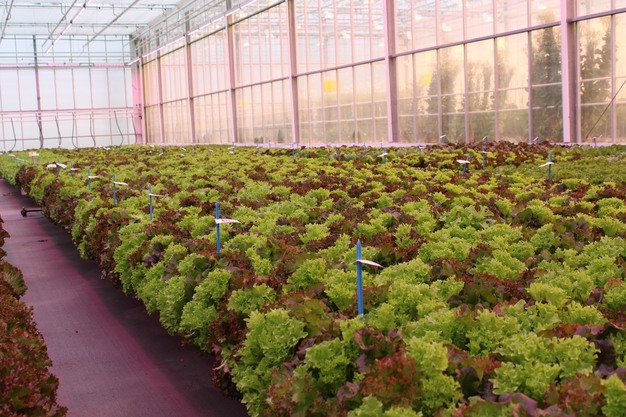
Butterhead lettuce
When growing butterhead lettuce, the breeding company recommends growing their varieties with at least 70 to 80 micromol LED. Two new varieties are coming up in this segment. For exposed cultivation in autumn, winter, and spring, among others, a variety with which Jochim says growers can gain several dozen grams in weight. He additionally points out another variety. "The variety on the right gains weight towards the end of cultivation, while the variety on the left has a more pinkish heart," he says.
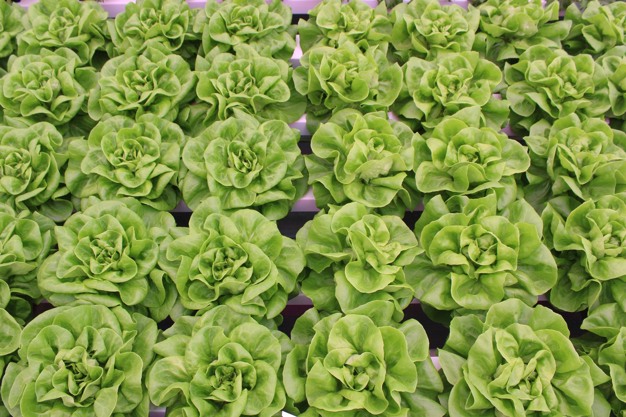
"The variety on the right gains weight towards the end of cultivation, while the variety on the left has a more rosette-like heart."
Compare
Ninety percent of the knowledge when introducing a variety is already available to the breeding company. The last five to 10 percent is apparent from cultivation in practice, at the grower's premises. This is why external trials at an early stage are of great added value, Jochim knows.
The growers who visit the greenhouse at this time of the year, the period around week 39, come to see new varieties, but above all to see how varieties are doing in 's-Gravenzande compared to in their own greenhouse. "We grow here partly data-driven with help from LetsGrow.com and Hoogendoorn, among others." The misting that we hear turn on several times on Tuesday afternoon in week 39 is autonomously controlled, as is the LED lighting.
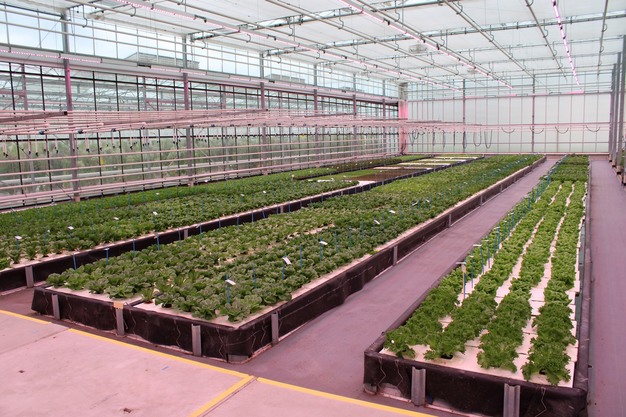
Crispy popular
In another part of the greenhouse, the focus is on baby leaf and Teen Leaf lettuce. It also features varieties for the crispy bite segment. "Demand for these types of varieties is still rising, and not only in the North American market but also in other regions." Jochim picks up the phone in between. He is speaking to an international customer. Interest in lettuce cultivation on water is strongly international.
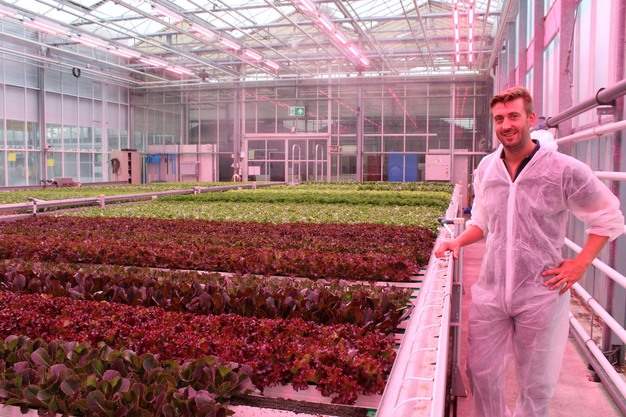
Increasingly high-density cultivation
Both in outdoor cultivation and also in the greenhouse, BASF I Nunhems is betting on varieties that can be grown at high density. From the processing industry, there is a lot of interest in these kinds of varieties, for which options are available in more and more segments. "Finstar is a well-known variety for this in the crispy segment, but today we also have Romaine types, butterhead lettuce, and Little Gem for cultivation at high density. And on top of that, we are also constantly developing whole new leaf types, in various colors."
Meanwhile, with the help of modern, data-driven techniques, the breeders also try to predict growth curves and weight for the grower as well as possible. "That way, we try to make cultivation as predictable as possible for the grower. A good grower can then always add pluses on top of what we have calculated. That's what makes or breaks a project."
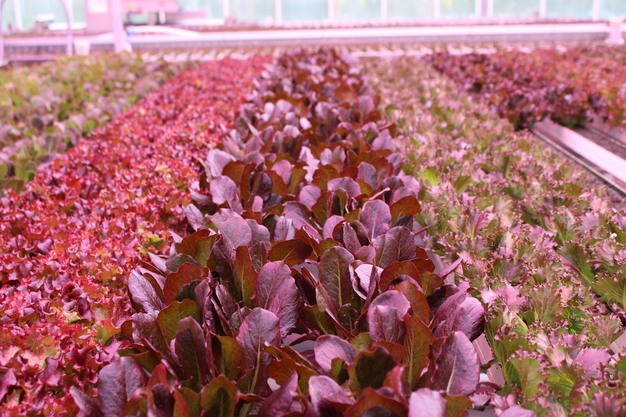
Outdoor cultivation
In outdoor cultivation of iceberg lettuce, BASF I Nunhems has been developing varieties for several years to look at possible further mechanization of harvesting. "In this, we work together with different parties in the market, from growers to mechanization companies."
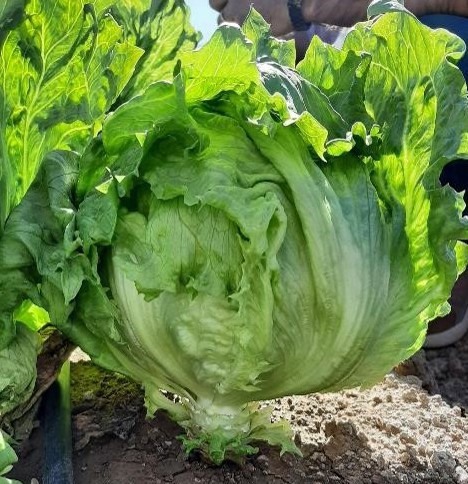 Among others, an iceberg lettuce with an extended neck is on the way. "A good iceberg lettuce, besides the convenience of mechanical harvesting, must also meet the highest standards about (for example) disease resistance."
Among others, an iceberg lettuce with an extended neck is on the way. "A good iceberg lettuce, besides the convenience of mechanical harvesting, must also meet the highest standards about (for example) disease resistance."
The focus is therefore on combining the 'extended neck concept', i.e. growing the bulbs higher on the stem, with these resistances. "Work on that is in full swing now, but it will take a few years to develop the right varieties with the right combination of traits."
For more information:
Jochim Reybrouck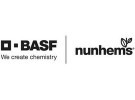
BASF | Nunhems
[email protected]
www.nunhems.nl
